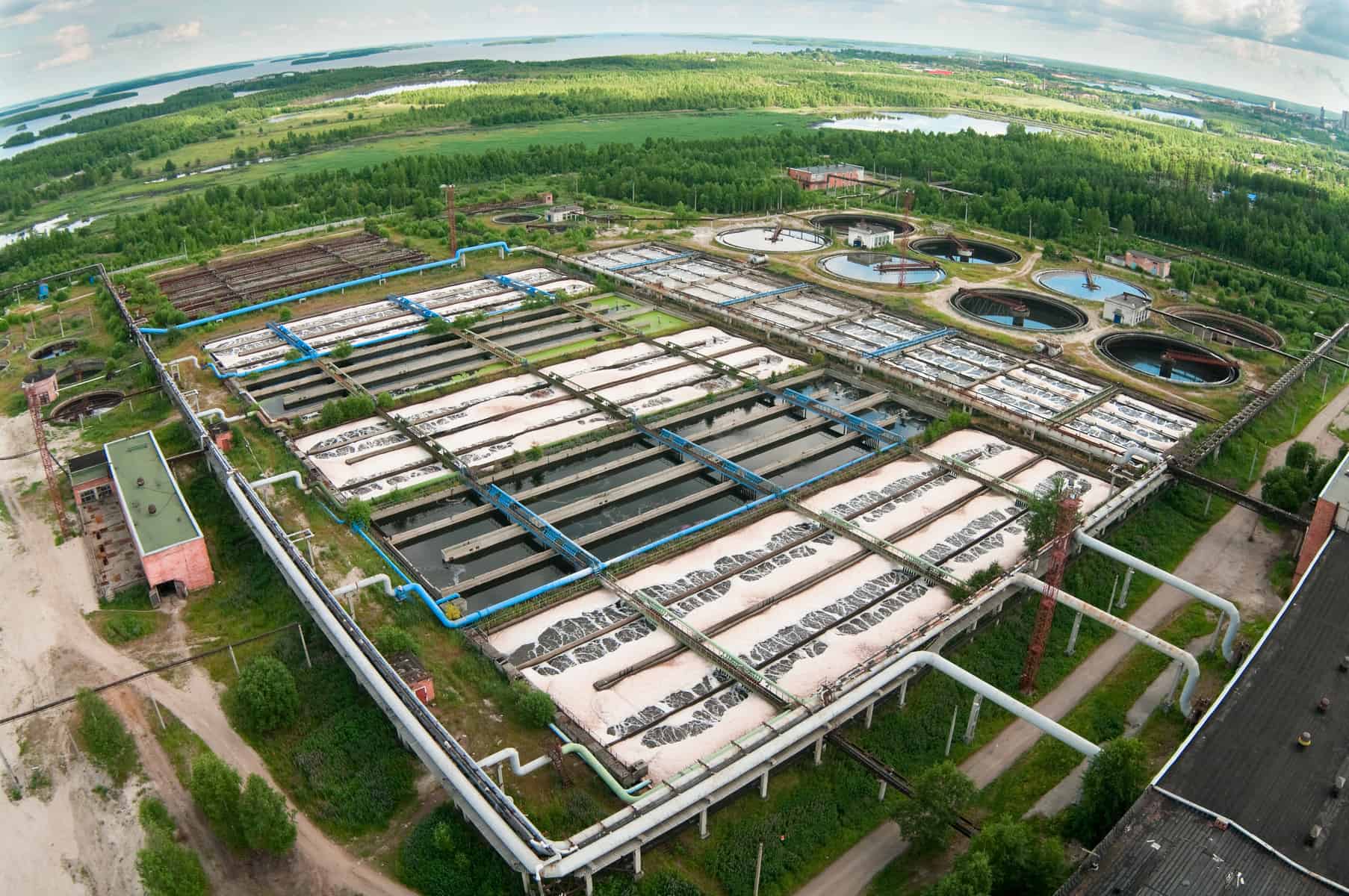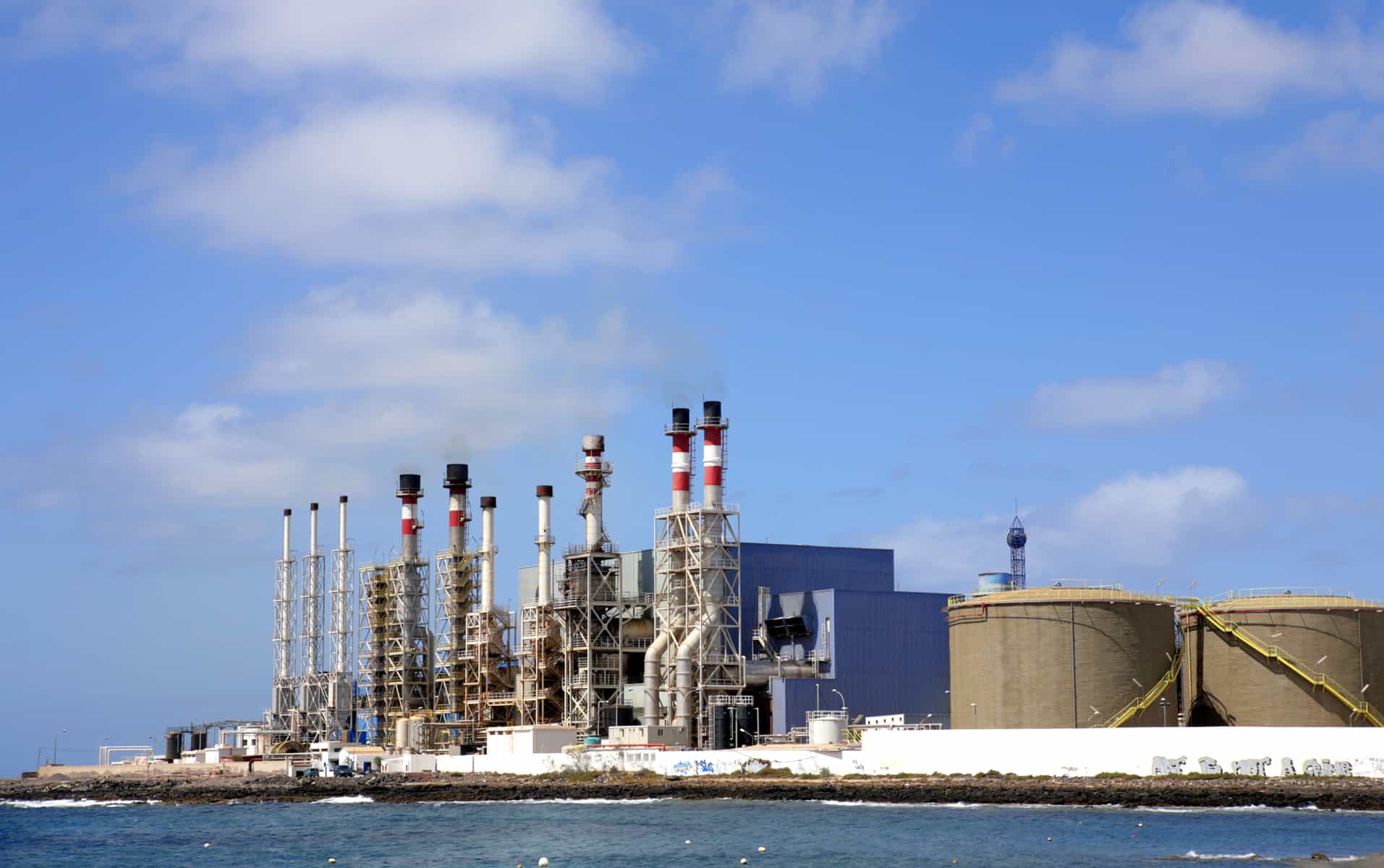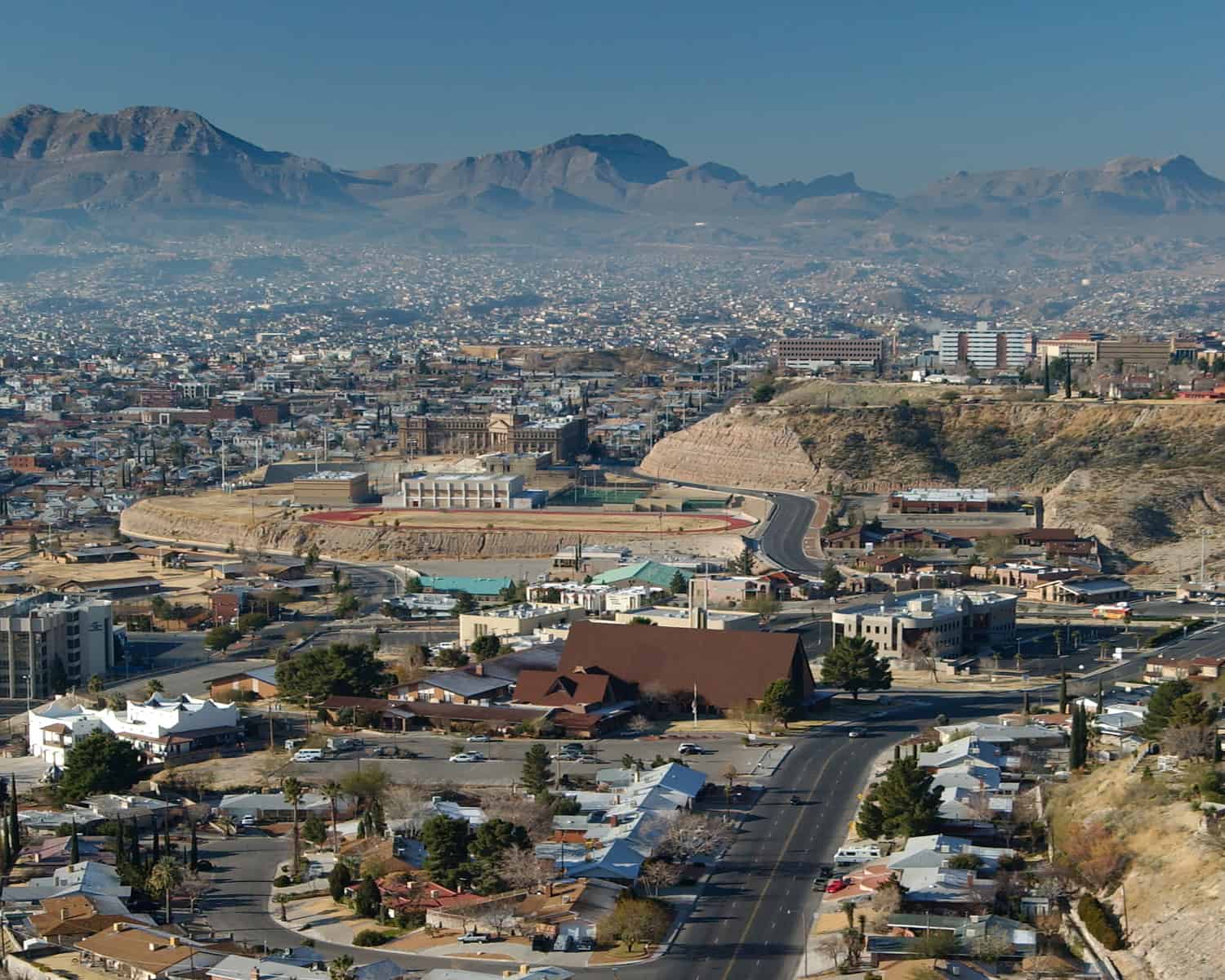Vertical Farming in Japan

Despite the modern globalization of food items, which has made access to food seem unlimited to those who reside in large, thriving cities, traditional agriculture is encountering unprecedented hurdles. The systems we have in place today are overwhelmingly unsustainable. Feeding a population of eight billion people incrementally seems like an impossible task. However, taking into account that the world population is set to reach 9.7 billion by 2050, world leaders and agricultural professionals alike will have to work together to make the insurmountable happen.
Agricultural obstacles will have to be overcome without compromising the planet's resources. These hurdles include, among others, limited land availability, climate change-induced challenges, and water scarcity. Thankfully, modern agriculturists are looking to shift their food production strategies in a more efficient direction. Their goal is to incorporate vertical farming to alleviate the stress on traditional food production systems, reduce environmental damage, and provide fresh local foods to those who would otherwise have to rely on imports from other parts of the world.
So, what exactly is vertical farming? In the simplest form, vertical farming is a method of cultivating crops in vertically stacked layers. It's a strategy that dates back to ancient civilizations and has been adopted and tailored in modern agriculture to thrive in controlled indoor environments. By utilizing innovative technologies like hydroponics and aeroponics, vertical farms can now efficiently grow a wide variety of crops without relying on traditional soil-based agriculture.
One of the nations at the forefront of adopting and advancing vertical farming techniques is Japan. As a geographically isolated island nation with limited arable land, Japan has embraced vertical farming as a part of its solution to its food production challenges. With a growing population and increasing urbanization, Japan's agricultural sector has had to innovate to meet the demands of its citizens. This farming method allows the nation to maximize its limited space while reducing the need for imported food.
Vertical farming offers a multitude of solutions to the modern-day problems associated with food production. By growing produce vertically, these new farms eliminate the need for vast expanses of land. This addresses the challenge of limited land availability and reduces the need for land-clearing practices that contribute to deforestation. Additionally, this technique is highly beneficial for water conservation. In traditional agriculture, large amounts of water are often wasted due to inefficient irrigation systems, runoff, and evaporation. However, by farming in an indoor environment, water can be recycled within closed-loop systems, significantly reducing water usage and minimizing wastage. This efficient water management not only conserves precious resources but also mitigates the strain on water supplies, especially in regions facing water scarcity issues.
Better yet, vertical farming can significantly enhance the quality of the produce. In most modern outdoor farming practices, crops are grown in soil that has been overused and may, therefore, be depleted of essential nutrients. The additional use of pesticides and chemical fertilizers may also pose health risks to consumers and contribute to environmental degradation by contaminating nearby bodies of water. In contrast, vertical farming employs hydroponic or aeroponic systems where plants are grown in nutrient-rich water or mist, ensuring they receive all essential nutrients for optimal growth and development. Furthermore, the controlled indoor environment reduces the risk of pests and diseases, eliminating the need for harmful pesticides and harsh chemicals. As a result, consumers can enjoy safer, healthier, and more nutritious food products.
It’s important to keep in mind that indoor food production systems, while highly efficient, can also require immense amounts of energy. Therefore relying on them alone reduces their effectiveness battling environmental degradation. The primary factor that needs to be taken into consideration when thinking long-term about our food production systems is waste. Excess waste is the primary factor, adding an unnecessary strain to the world's agricultural systems. According to recent studies, about one-third of food production is lost or wasted annually, representing a significant unnecessary loss of resources and contributing to global food insecurity. Vertical farming and other efficient agricultural systems offer promising solutions to reduce food waste and optimize resource utilization. However, for these solutions to be effective, individuals must be more aware of their consumption habits and should take proactive steps to minimize food waste.
By adopting practices such as meal planning, proper storage, and composting, consumers can play a crucial role in reducing food waste and supporting sustainable food production methods like vertical farming. Through collective efforts to address food waste, we can alleviate pressure on agricultural systems and move towards a more resilient and sustainable food future. Are you interested in learning more about the energy systems that make our modern-day world possible? Visit Resourcefulness to read more articles about energy and the world's natural resources and don't forget to check out Power Trip: The Story of Energy!
Image Credits: Power Trip: The Story of Energy/.


